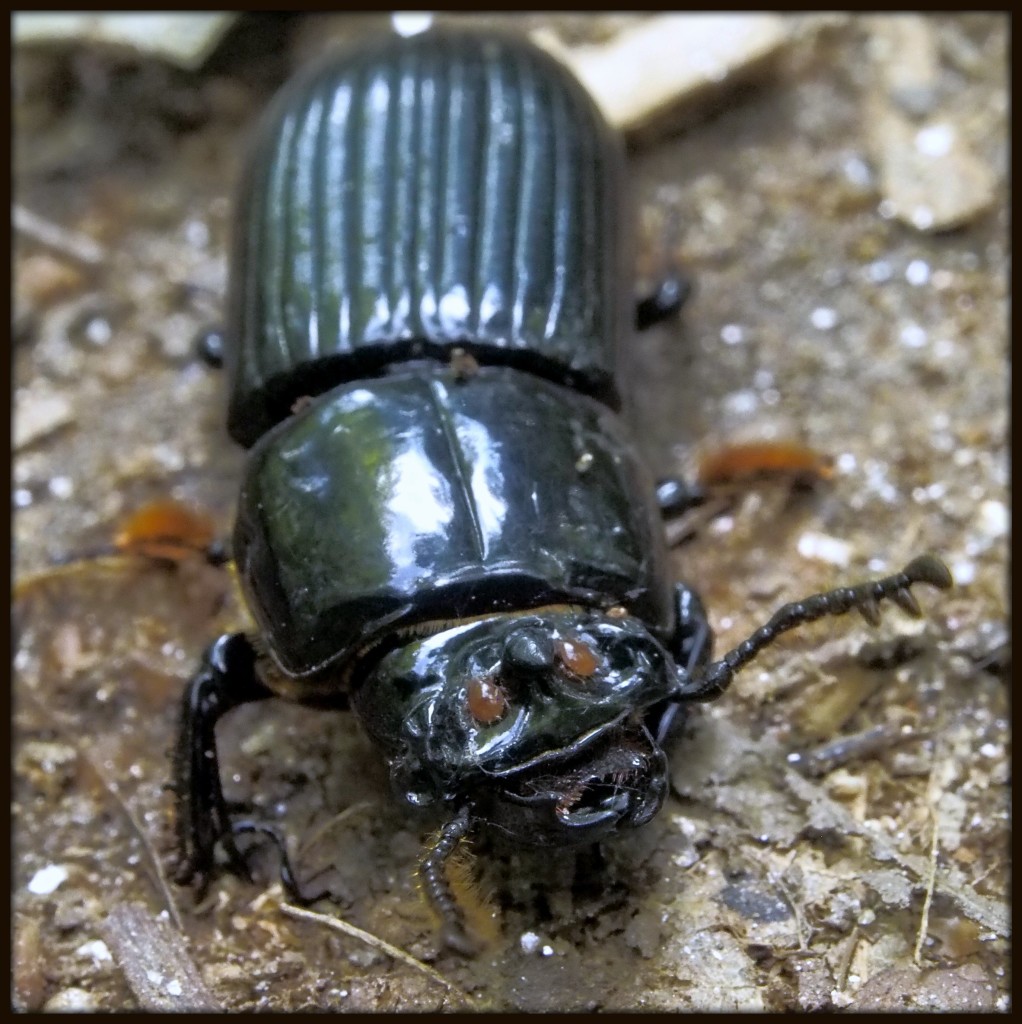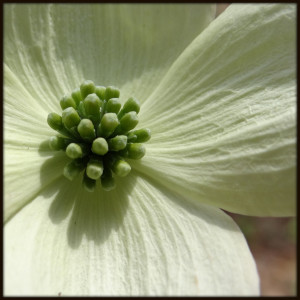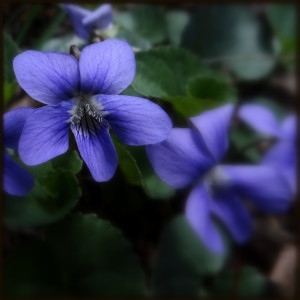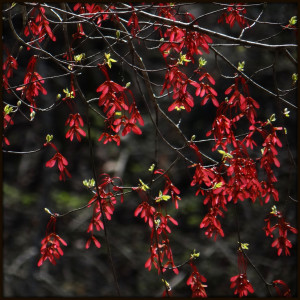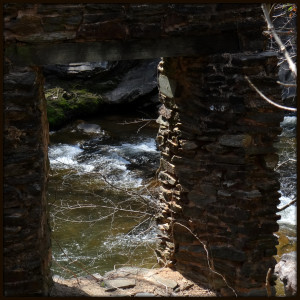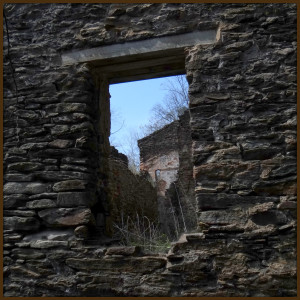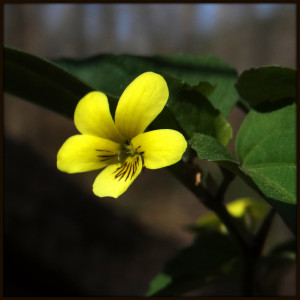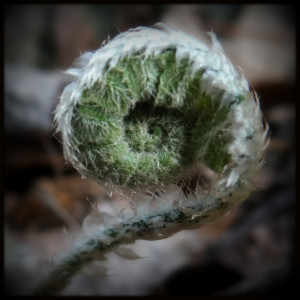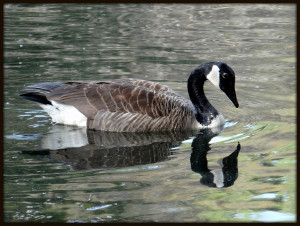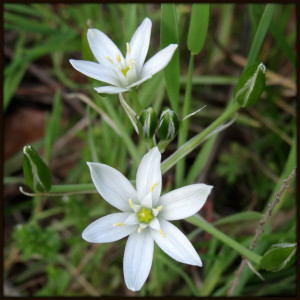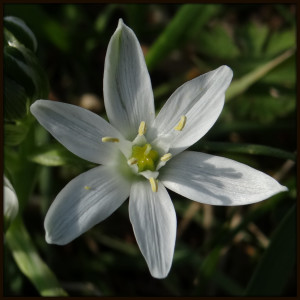This afternoon, my wife and I went for a four and a half mile hike in the Eastern Palisades section of Chattahoochee National Recreation Area, just inside the Perimeter on the northwest side of Atlanta. During our outing, I got the chance to get “up close and personal” with a variety of critters living there. I am still reaping the result — two ticks found so far, and counting. These photos renew my appreciation for the rich diversity of life on Earth, and particularly here in the Atlanta region — even just a short distance from I-285!
The first creature I encountered was a gorgone checkerspot butterfly (Chlosyne gorgone), considered by the Butterflies of Georgia Field Guide to be a “local and uncommon resident”, though abundant in the Midwest. It frequents open woodlands and stream corridors; I found this one on a trail along the Chattahoochee River.
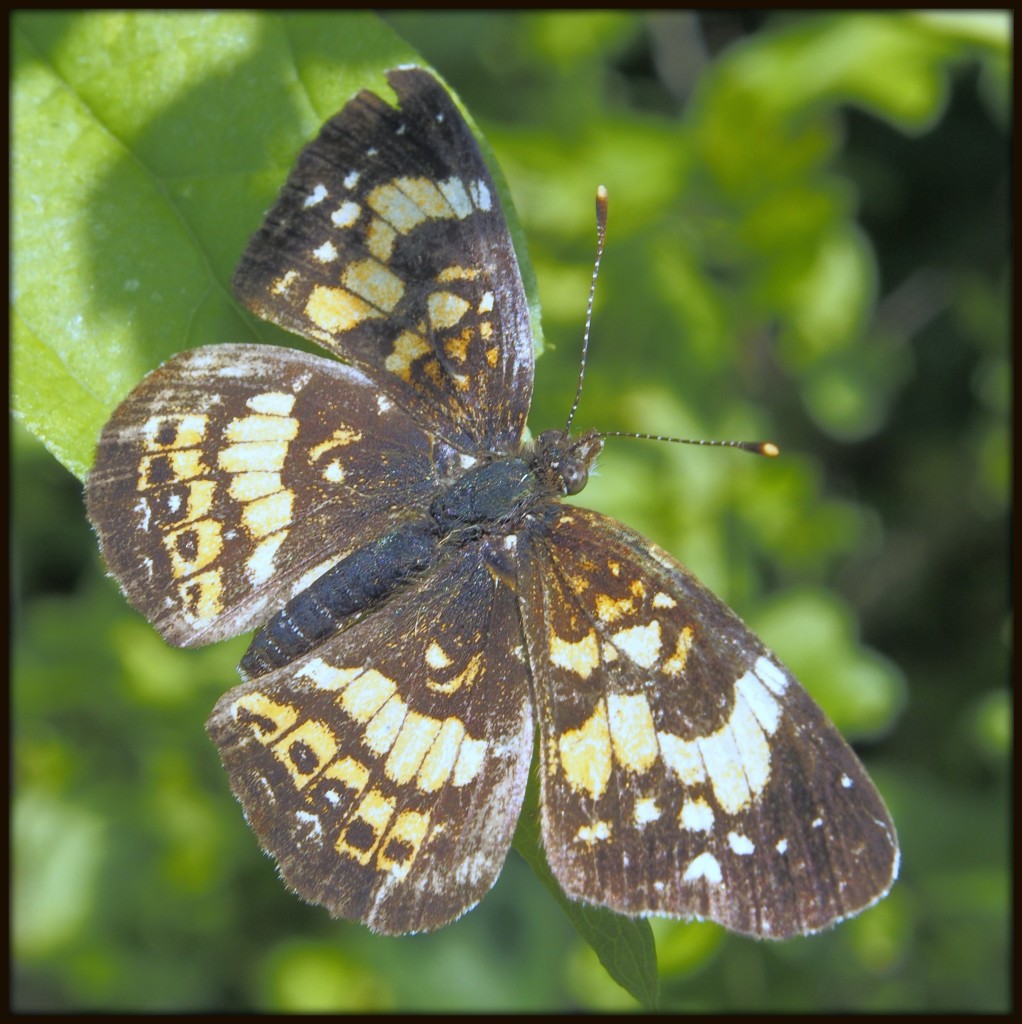
A bit further down the trail, I noticed a southern golden tortoise beetle (Charidotella sexpunctata sexpunctata). This is one of three species of tortoise beetles found in the United States. I am proud to say that I did not disturb him (or her) while taking this photograph, because the beetle’s dome remains a bronze color. When disturbed, the beetle will display black spots against the bronze. Tortoise beetles feed on a variety of host plants, including sweet potato.

Nearby, I noticed a large black ant on a leaf, and it noticed me, too. It opened its jaws wide, holding its ground against my camera lens pointed in its direction.
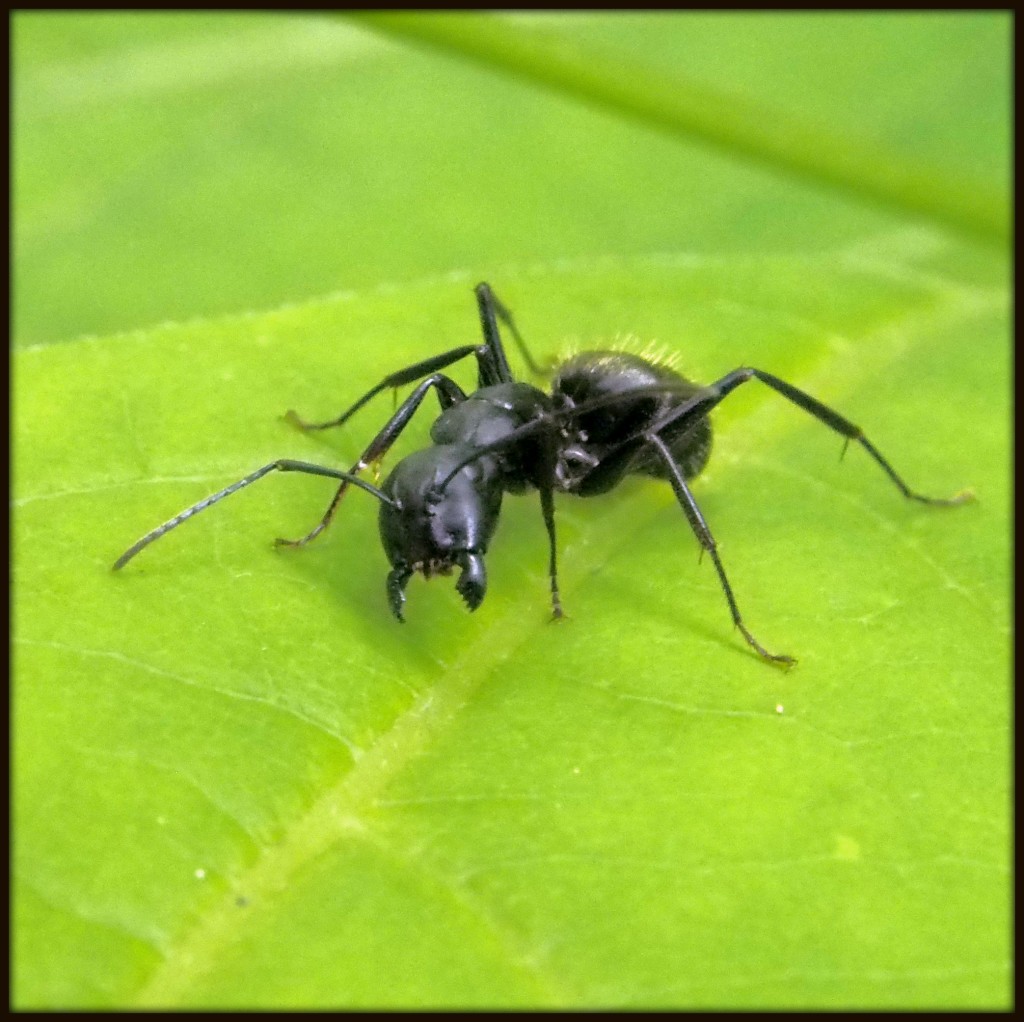
The riverside trail eventually climbed steeply upward toward a ridge perhaps 100 feet above the water’s edge. There, I encountered rhododendrons in bloom. For a change of pace, I photographed the blossoms; only later did I realize that the blooms contained tiny eight-legged pollen mites.
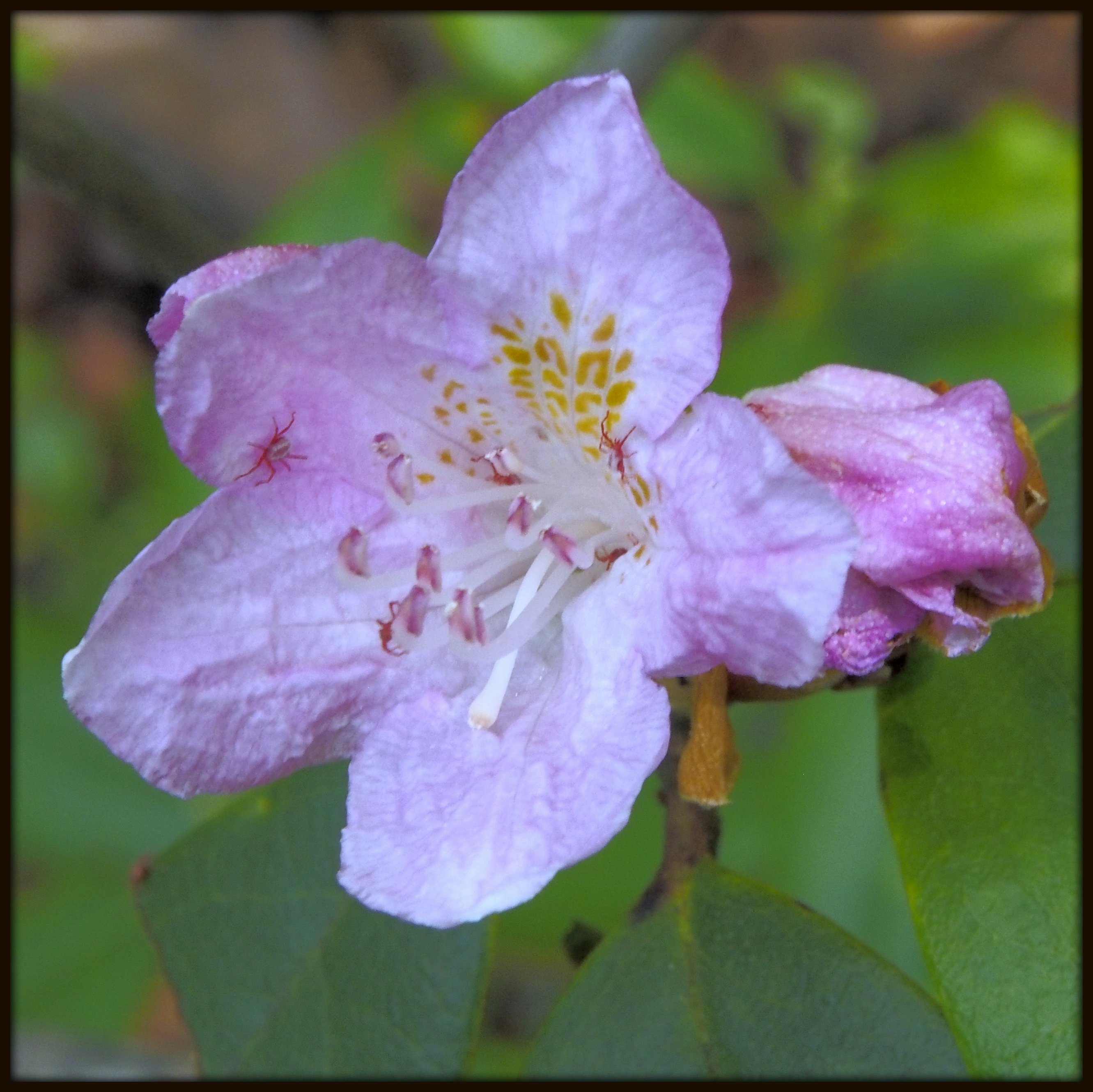
We took a spur trail downhill toward the Chattahoochee River again. On our way down off the ridge, I noticed this juvenile common snapping turtle (Chelydra serpentina), its shell perhaps an inch and a half across, standing on the trail. He (or she) was a bit annoyed at my ministrations with the camera, as you can see by his (or her) expressions in these photographs.
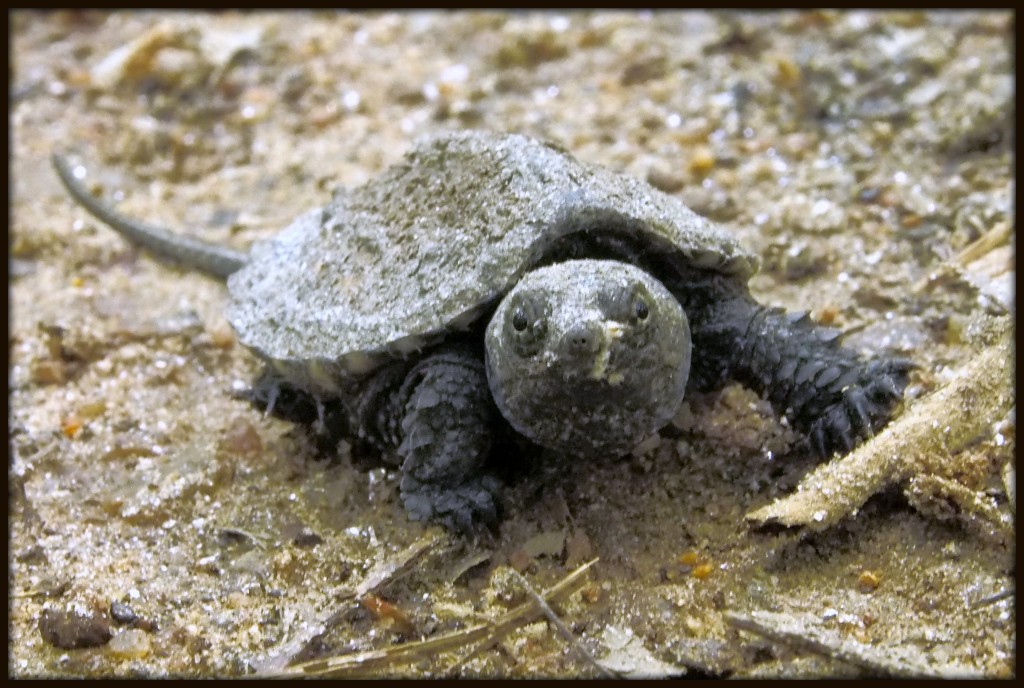

Finally, toward the end of our walk, shortly before we headed down off the final ridge to the river’s floodplain again, I stumbled upon a patent leather beetle (Odontotaenius disjunctus) on the path. After seeing a close-up of this beetle’s mouthparts, I am comforted by the fact that it feeds on rotting wood. This beetle was perhaps one and a half inches long — nearly the same size as the young snapping turtle!
